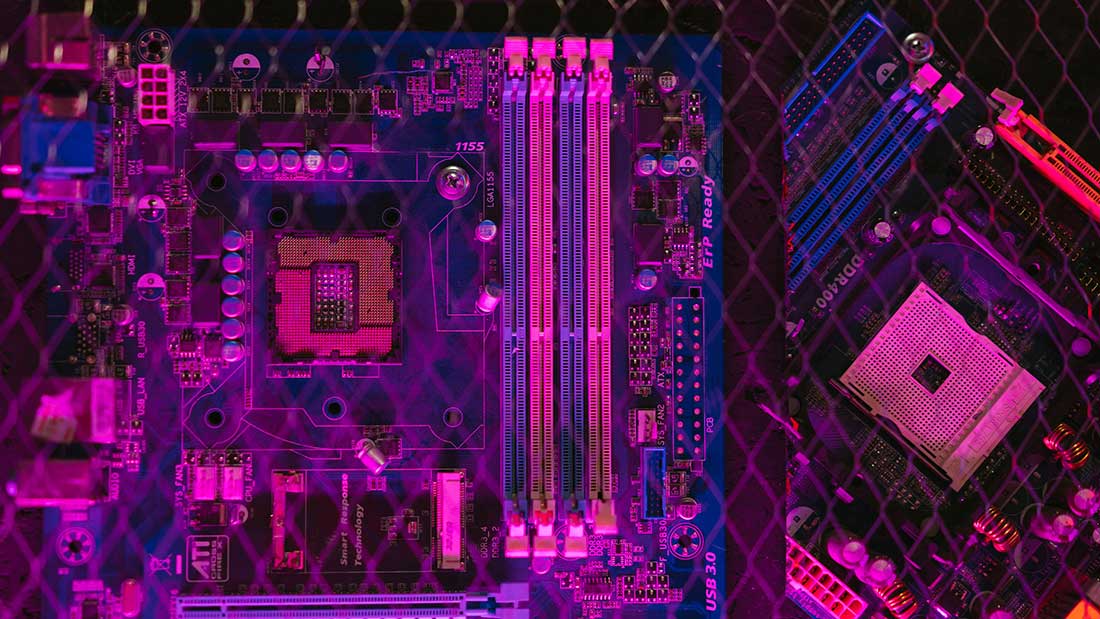
Thermal presizing tool
R&D is a strategic axis for MECAGINE, as it allows us to develop new know-how which can then be promoted within client projects, all the while helping to strengthen the company’s image as a technical expert.
Since its creation, MECAGINE has carried out several internal R&D projects. The latest one is a thermal presizing tool that we will present to you in this article.
The challenge: assess the thermal risks and cooling needs of the components of a PCB (Printed Circuit Board) in a few minutes, as opposed to the hours or days necessary for detailed CFD (Computational Fluid Dynamics) simulations, while minimizing the loss of precision.
Management of thermal issues
The need for miniaturization and performance of current electronic products often tends to require more and more power in an ever-smaller volume. Two opposing needs to maintain electronic components at an ideal temperature, ensuring their proper functioning as well as their lifespan, which requires finding the perfect compromise.
In order to meet this challenge, it is necessary to take these issues into account as early as possible in a project.
To achieve this, the MECAGINE teams have developed a thermal pre-sizing tool which facilitates the decision-making phase at the start of the project in order to best guide the choices of architecture, components and the cooling solutions to be considered for the future.
This tool thus makes it possible to significantly reduce the technical risks of a project, optimizing development times and costs by reducing the risks of iterations.
Results
As the tool requires very limited 3D data, it makes it possible to test various configurations for the thermal implementation of electronic systems very early and quickly in the project. It provides an instant overview of the temperature range that components will be expected to reach by taking into account the type of cooling, airflow and approximate dimensions of the PCBs and enclosure. It makes possible an easy comparison with the maximum junction or ambient temperature values provided by the manufacturers’ datasheets.
It therefore makes it possible from the first stages to assess the risks linked to the use of a particular electronic component, or those linked to the proximity of one to another. It also gives a macro idea of the required air flow rates, the need to implement active or passive cooling, thermal bridges, etc. Structuring choices in the development of a product.
Our teams have thus filled a gap in current thermal simulation solutions by making it possible to consolidate and de-risk its product developments, thereby improving its service offering.
Conclusion
Nathan Vignon, the technical manager of MECAGINE, concludes:
“Congratulations to the whole team for this performance!
The tool nevertheless retains room for improvement: we have planned new work for 2024, in particular by optimzing the consideration of thermal radiation. This will improve the results in systems where dissipation by convection is low or zero. For example, in a vacuum or in confined volumes.”